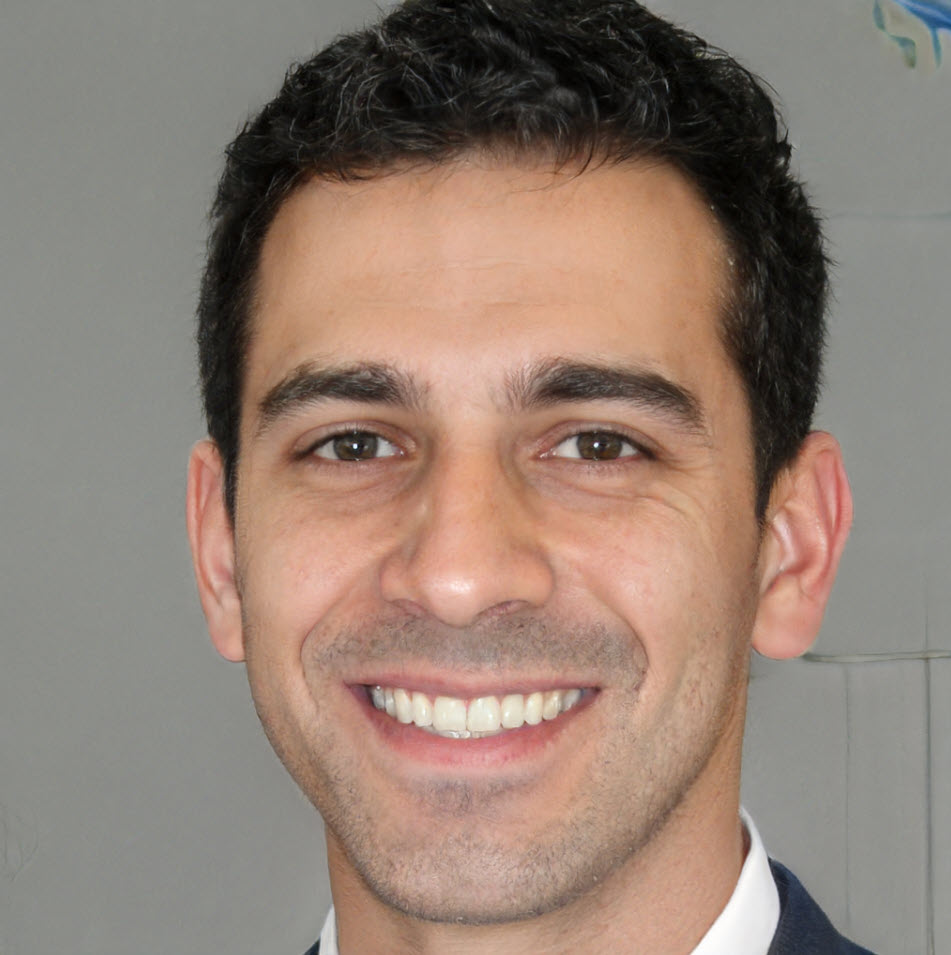BlkChn-based IoT systems architectures: Practical implementations in agriculture - Miguel Pincheira
3 View
Share this Video
- Publish Date:
- 6 September, 2022
- Category:
- IOT Videos
- Video License
- Standard License
- Imported From:
- Youtube
Bio:
Miguel Pincheira received a B.Sc. degree in Computer and Informatics Engineering and an M.Sc. degree in Computer Science from the University of Bío-Bío, Chillán, Chile, in 2005 and 2007 respectively. He received his Ph.D. in Information and Communication Technologies (cum laude) from the University of Trento, Italy, in 2021. Currently, he is a postdoctoral researcher with the OpenIoT Unit, Fondazione Bruno Kessler, Trento. Previously, he worked as a full-time lecturer and tutor for the Robotics group at the University of Bío-Bío, Chile. His current research interests focus on Internet of Things systems and their integration with other technologies such as blockchain and robotics.
Abstract:
Several architectures have been proposed for integrating blockchain and the Internet of Things (IoT). Nonetheless, few of them have focused on the sensing devices, which are the core of the IoT systems. Furthermore, the agricultural domain imposes additional energy efficiency and cost requirements, which generally translate into power-and-resource-constrained sensing devices. As a result, system integrators typically rely on third-party hardware intermediaries between the device and the blockchain network. However, this approach increases the infrastructural costs and reduces the trustworthiness of the data acquired from the sensor.
This talk presents a software architecture where constrained IoT devices can directly transact sensed data on a blockchain network. First, we highlight our architecture's benefits for new types of agricultural applications. Then, to evaluate our proposal, we develop a cross-platform library for constrained IoT devices and deploy the proposed solution for two applications: water management and agri-food traceability. Next, we present our evaluation regarding memory, program size, communication overheads, and power consumption in the IoT device. Finally, we discuss some insight from the use-cases, current challenges, and future works.
---
🔗 Useful Links 🔗
🐦 Follow us on Twitter:
https://twitter.com/protoresearch
📧 Interested in hearing about future talks, funding opportunities, and more? Sign up for our mailing list:
https://mailchi.mp/protocol/research-newsletter-signup
To suggest a talk topic or speaker, or if you are interested in giving a talk yourself, please fill in this form:
https://form.typeform.com/to/imPKZ6vc?utm_source=yt
🌐 Check out our website:
https://research.protocol.ai/
🧑💻 Interested in working at Protocol Labs? Check out our job board:
https://boards.greenhouse.io/protocollabs














